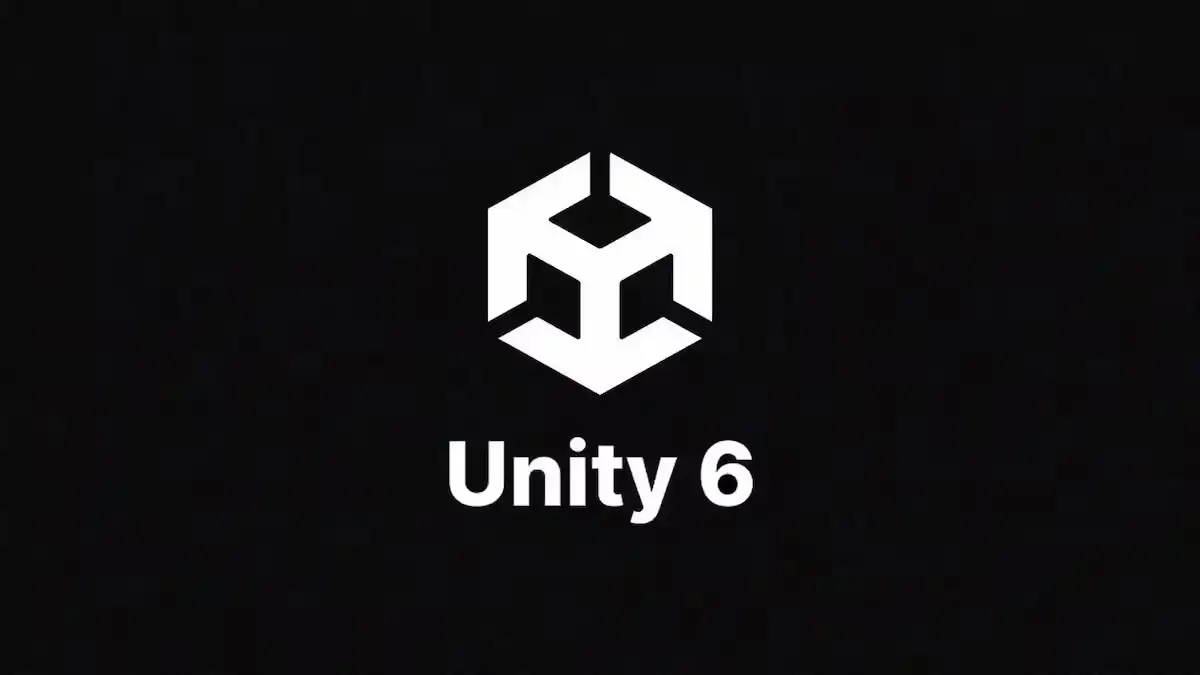Unity wants to help you run your games in a web browser. Ben Craven from Unity is a Staff Technical Product Manager who, along with Brendan (Graphics Engineer) and Josh Lage from Stratton Studios, is working on a ground-breaking project for games in the web space.
Unity is moving forward to create games for the web from WebGL to Unity Web. Not only are they changing the name but they’re also changing enough to make something that works in the future for rendering standards like WebGPU. Craven expresses that this need is to differentiate technology from platform, and pave the way for a future with multiple renderers.
The Process of Game Development for the Web
Creating games for web platforms is different made. There are multiple steps involved. First, you need to connect your C game logic to managed assemblies. After which, the code must be stripped of any unused elements and then through I2CPP, the code is converted into a WebAssembly binary. By the use of Modern browsers, game developers can target audiences with little friction at close to native speed. The Unity Web needs no installation like other platforms which gets you going instantly. Yet, this casts a great spotlight on load time optimization to keep users interested.
Web Platforms as a Portal for Gaming
The web is becoming more popular because it allows players to circumvent traditional gaming barriers. Desktops and mobile installations with huge download sizes cause drop-offs among a segment of users. mobile app stores charge huge fees from game creators. Unity Web provides a straight line to the consumer, a real alternative. Smaller, casual games fit the web well and developers may choose a piece from a larger game to pull gamers into the full version.
- Casey Hudson Confirms Star Wars: Fate of the Old Republic Set for Pre-2030 Launch
- New Saros Trailer Unveils Fresh Story Details, Pushes Release to April 30
- Journalist Reveals Half-Life 3 as Steam Machine Launch Title; Valve Aims for Spring 2026 Release
- PUBG Mobile Unveils Exciting Plans for 2026 Esports Journey
- Diablo IV: Unveiling of the Lord of Hatred at TGA 2025, Launching on PC, PS5, and Xbox Series X/S in April 2026
Unity’s Technological Leap with WebGPU
Brendan Duncan from the Graphics Team at Unity introduces us to WebGPU, a new graphics API that will replace WebGL. WebGPU provides access to features like compute shaders and indirect rendering that were previously not possible to enable higher graphic performance. Even if WebGPU is a successor to WebGL. But it will not replace WebGL. It will run side by side with WebGL. With more powerful feature sets using the same graphics in the future.
Advancing Game Development with Project Prismatic
Josh Lage unveiled Project Prismatic at the Stratton Studios in a first-person shooter built on WebGPU. The project seeks high visual fidelity without affecting the gameplay and delivers a frametime of 16 milliseconds on mid-tier hardware. They created a dynamic and beautiful game–never seen before in a browser– by using GPU-accelerated computations like VFX Graph, compute shaders, and GPU skinning.
Challenges and Triumphs in Web Game Development
Project Prismatic was borne after a long and arduous battle. Developers had trouble with drawcalls, packet size and memory management. The solutions included texture mapping of larger visual elements, dynamic occlusion culling, and resource management through asset streaming and parallel computing.
Looking Forward: The Promise of Web-Based Gaming
Unity will enhance its web tools and support mobile devices with Unity 6 and beyond. Trying out WebGPU is highly encouraged for developers, despite still being in preview, as it is an exciting experimental gaming technology.
Conclusion
Unity is about to change web gaming by making it easier to access and play. According to the article, the web is the latest platform for game developers and players. What was once impossible has now become the norm.
